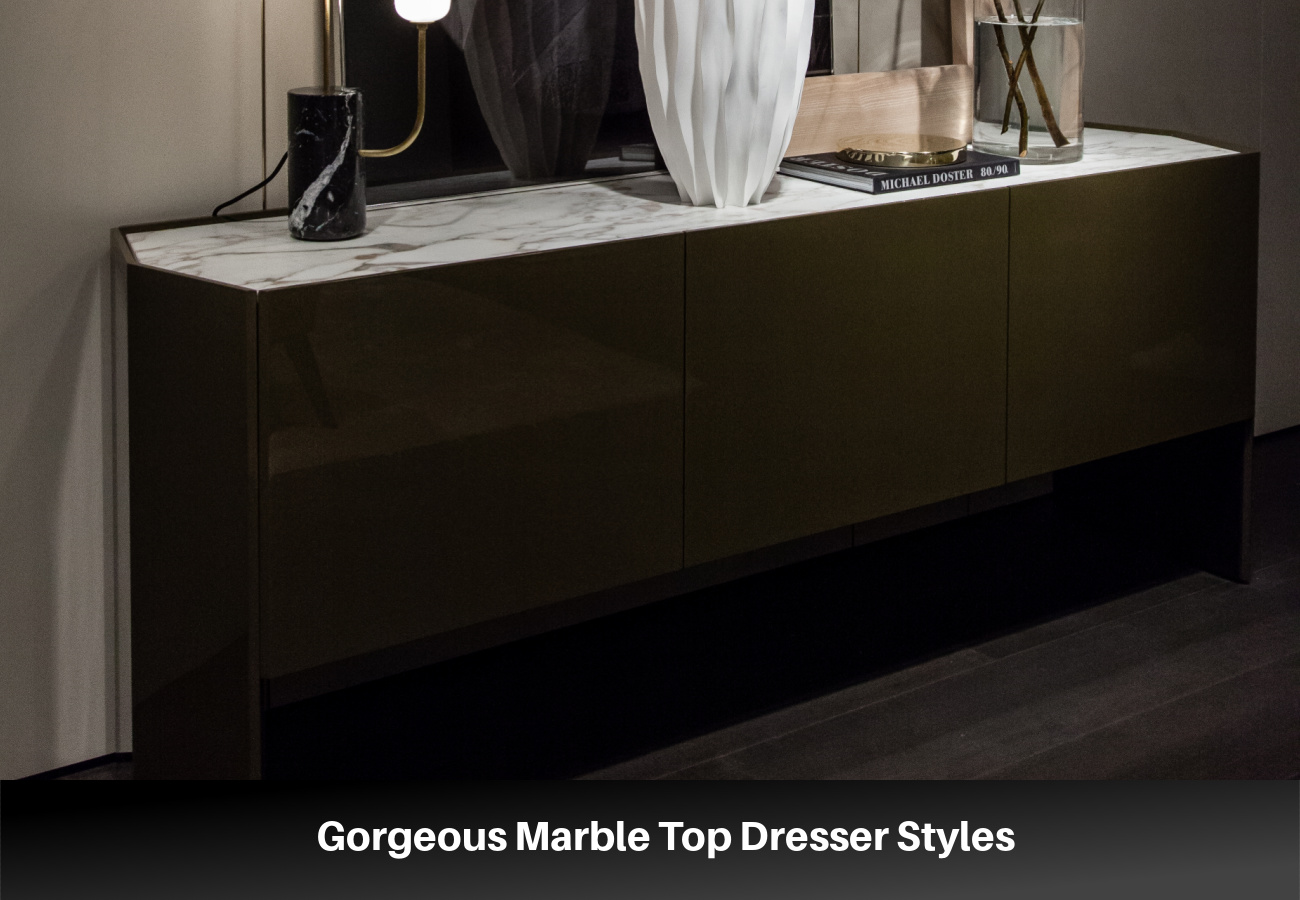While A-Frame cabins have long been popular as vacation retreats, they’re making an uprising as residential homes. Loved for their unique shape and durability, it’s important to consider the pros and cons of A-Frame homes before committing to one.
The Pros of A-Frame Homes
Less Expensive to Build than Traditional Homes
The average cost to build a 1,000-square-foot A-Frame home, including materials and labor, is $100,000 – $200,000. But, if you use a prefab A-Frame kit, you can pay even less.
A-Frame kits come in a range of design styles and sizes. You can order them with an unfinished interior and choose materials yourself or order a complete interior/exterior package. The company will prefabricate the pieces and ship them to you.
Purchasing an existing A-Frame may also be less expensive than a traditional home since these houses often have a smaller footprint.
Architectural Interest
The clean geometric lines of A-frame cabins help them stand out from neighboring homes. Their steeply sloped roofs create the shape of an “A,” which is where these cabins get their name.
While all A-frame homes have the same shape, the design options for the interior and exterior are endless. You can clad A-Frames in logs for a rustic cabin look or opt for black siding to create a dramatic and modern aesthetic.
The inside features unique angled walls, thanks to the roof’s pitch. The interior can feature log walls or drywall, depending on your preferences.
Ideal in Snowy Climates
The popularity of A-Frames in snowy rural areas is due to the steep roof that sheds snow and ice buildup. While flat roofs and low-pitched roofs allow snow to accumulate, leading to leaks and damage, A-Frames promote water and snow run-off.
Large Windows Lead to Abundant Natural Light
The front of most A-Frame cabins features a full panel of windows, allowing abundant natural light to enter the home. In a scenic setting, A-Frame windows allow occupants to connect with nature from inside the house.
The Cons of A-Frame Homes
Difficult to Heat and Cool
A-Frames feature an open and multi-story layout. Since heat rises, A-Frame homes experience hot upper floors and cooler ground levels. A-Frame homes without drywall are even harder to heat and cool since there are limited insulation options.
Lack of Upper Floor Space
The steep angle of A-frames leads to a small upper floor with angled walls. Because of the lack of upper floor space, it can be hard to create bedroom space for multiple people on the upper floor of small builds.
Awkward Furniture Layouts
The angles in A-Frames make furniture layout difficult. On the upper floors, there may only be a single wall you can push a bed up against.
On lower floors, you must pay attention to the height of your furniture so that it can sit flush against the wall before it starts angling inward. The smaller the home, the more difficult furniture placement will be.
Large Windows Lead to Privacy Concerns
While large windows lead to abundant natural light, they also pose privacy concerns. If your cabin isn’t in a remote spot, you’ll need to come up with creative solutions to protect yourself from onlookers.
While you can buy blinds or shades to cover your A-frame windows, it’s expensive, especially if you need custom window coverings.
Lack of a Gutter System
When considering the pros and cons of A-frame houses, take water run-off into account. Most A-Frame homes don’t have gutter systems since the roof naturally sheds water. Gutters direct water away from a home so it can’t seep into the foundation or pool around the siding.
Since A-Frame homes don’t have gutters, it’s crucial to stay on top of drainage concerns and ensure the site is sloped to discourage water from penetrating the foundation.




